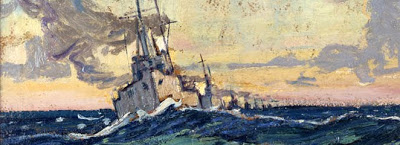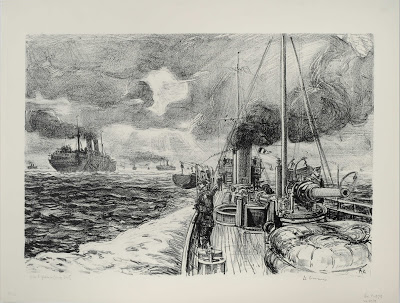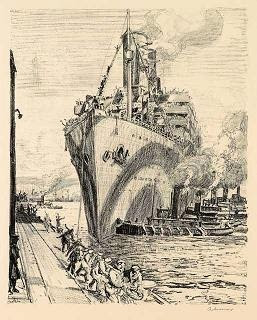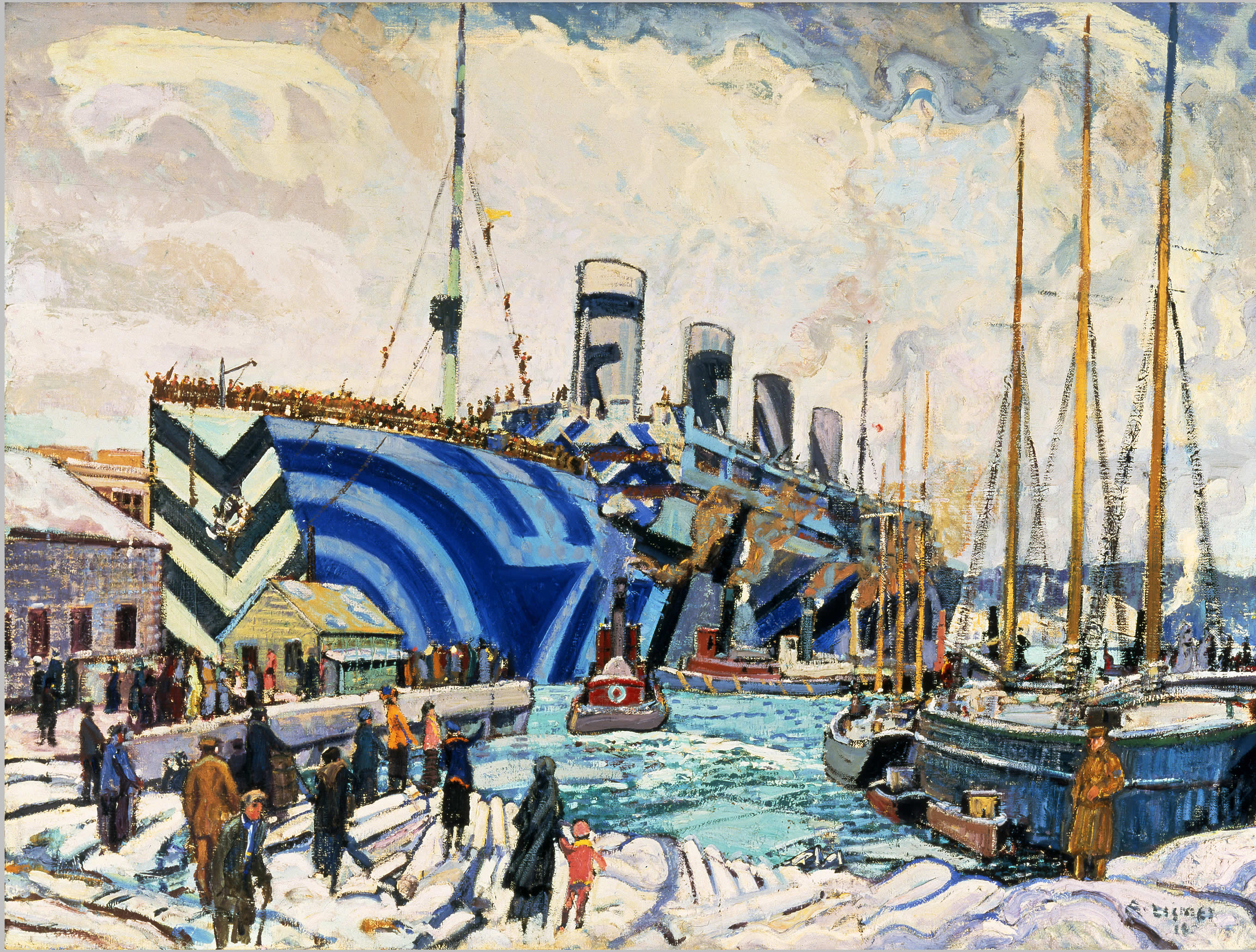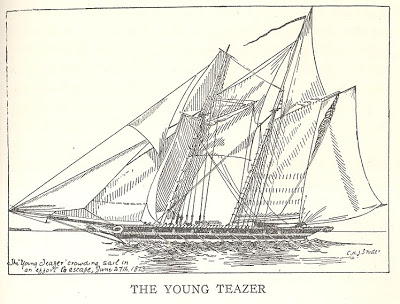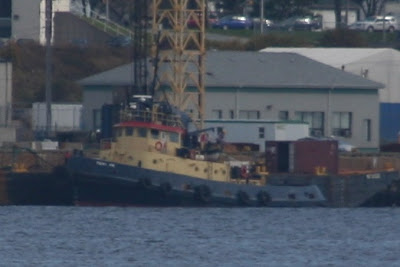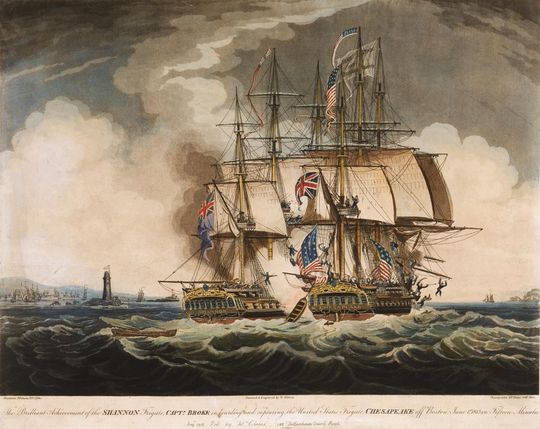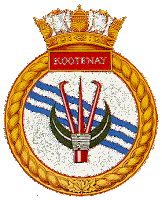USNS Grapple paid a visit to Halifax earlier this month. When She left, she gave a “random” (ie not a major port) destination in Quebec. It now appears that she was tasked with the recovery of remains of the aircrew of a PBY 5A Catalina Aircraft which went down in November 1942 off the coast of Longue-Pointe-de-Mingan, on the north shore of the St. Lawrence River.
Parks Canada Discovered the aircraft in 2009. You can read more about the Recvoery at PC.GC.CA
One of the primary roles for Catalina Aircraft (And the Canadian version, the Canso) was anti-submarine warfare. the PBY was likely patroling the Gulf of St Lawerence when it went down.





